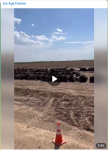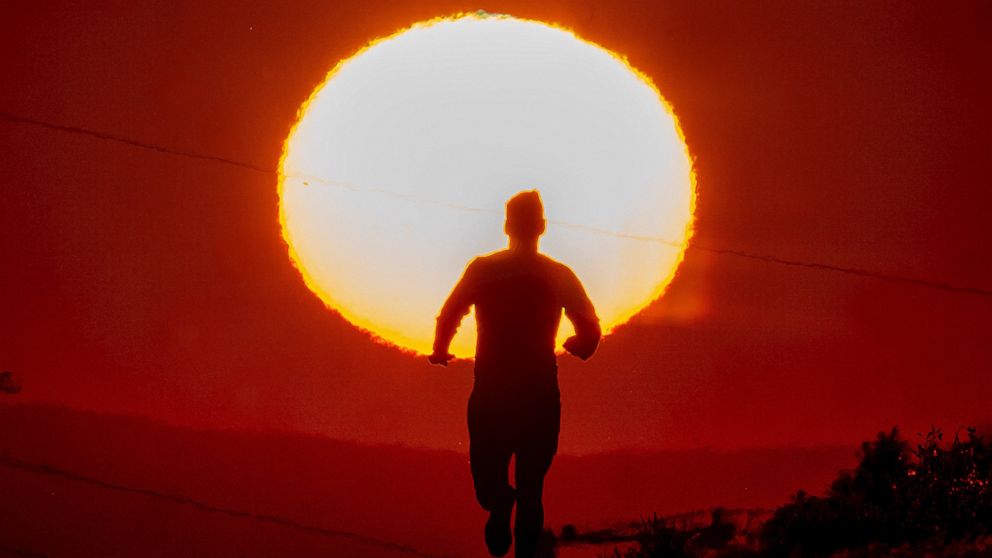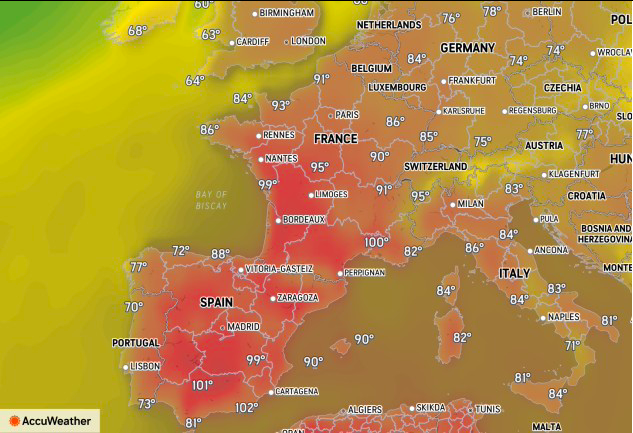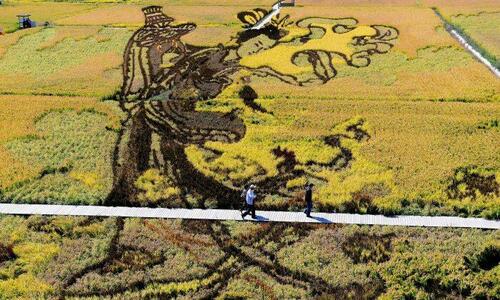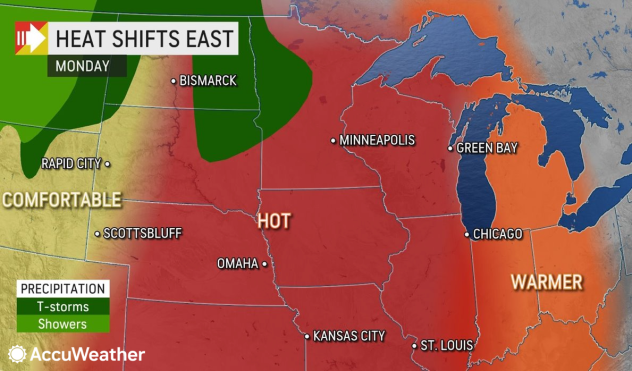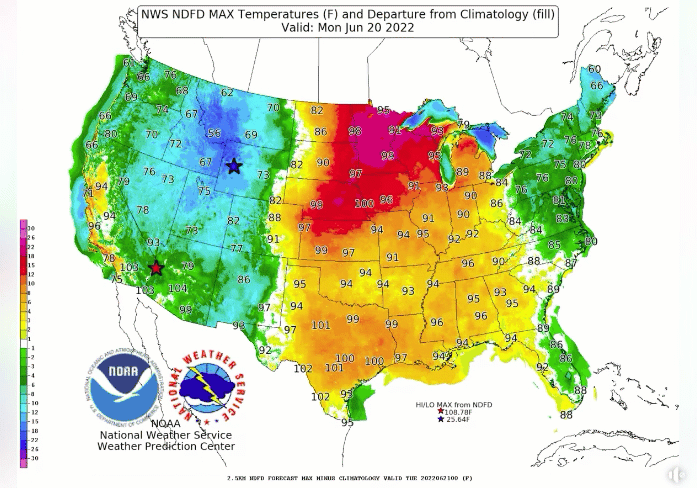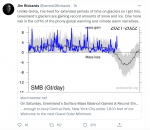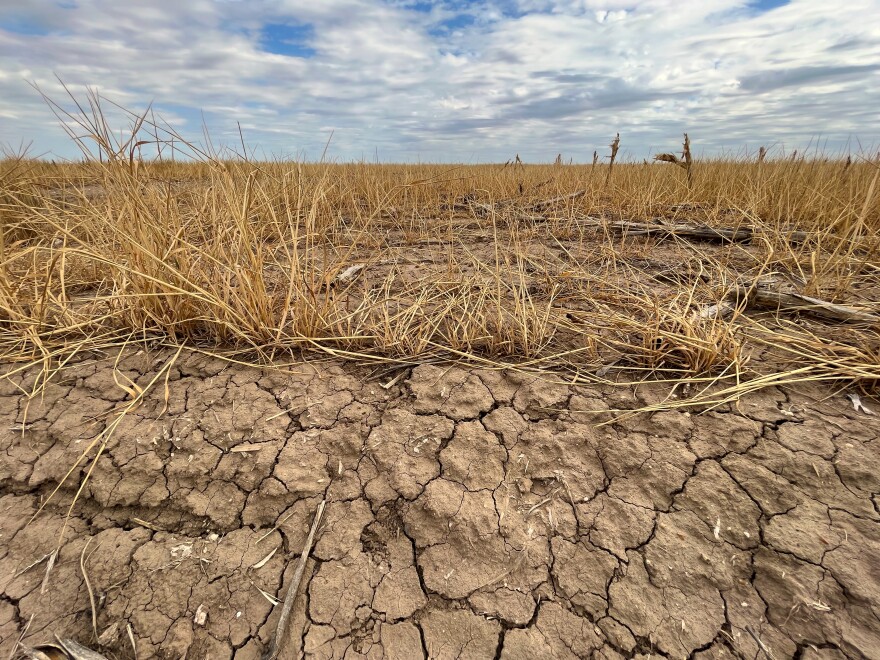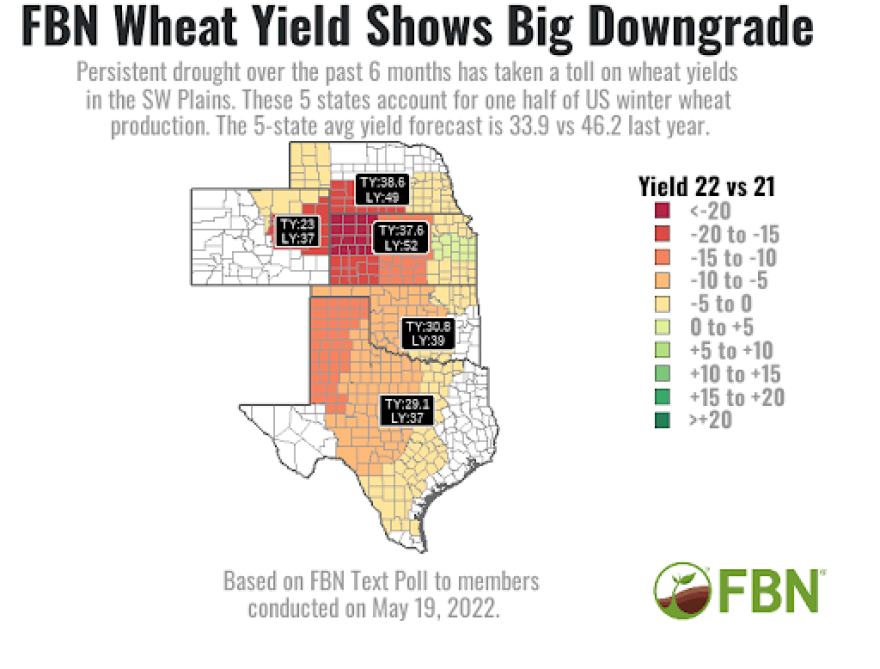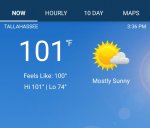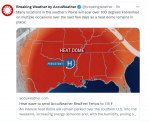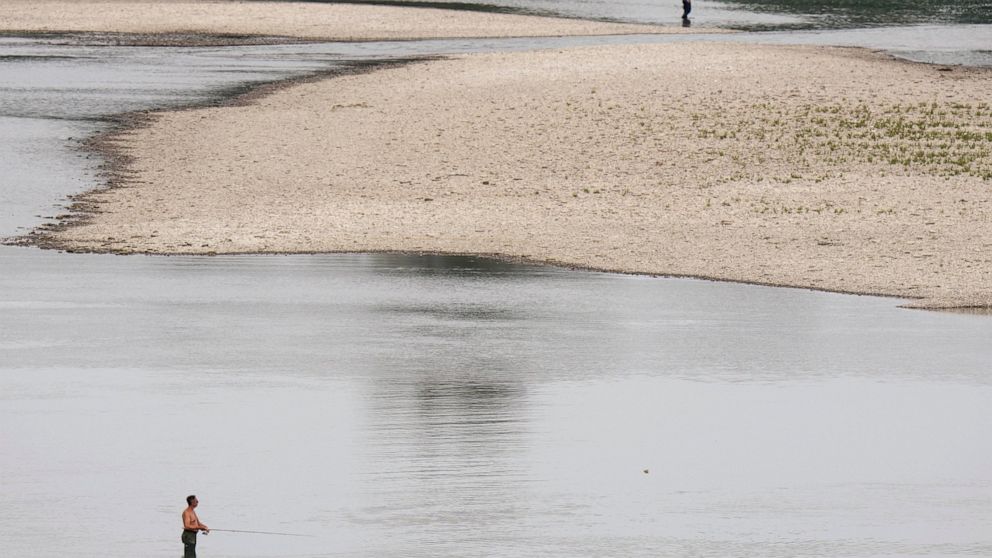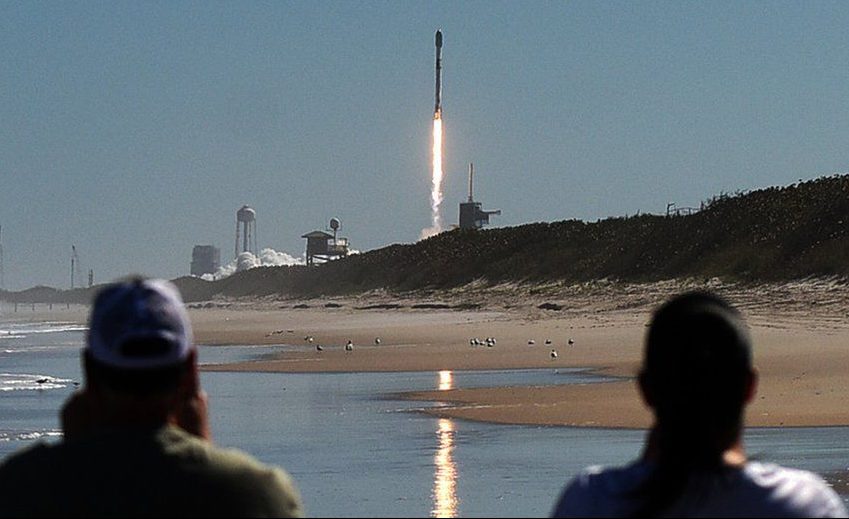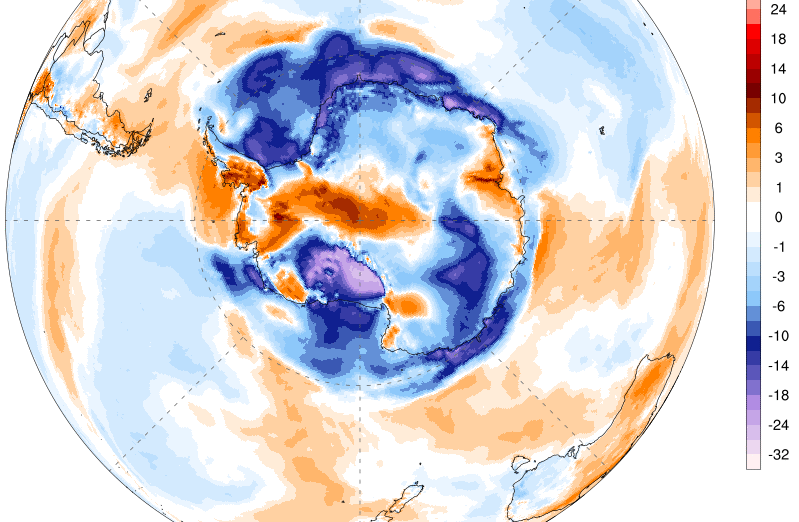Fierce Cold Sweeps Antarctica, Drives The Continent -4.4C Below 1979-2000 Average; Persistent Chills Reduce Central Washington Cherry Harvest; + Slumberous Sun - Electroverse
Articles Crop Loss Extreme Weather GSM
FIERCE COLD SWEEPS ANTARCTICA, DRIVES THE CONTINENT -4.4C BELOW 1979-2000 AVERAGE; PERSISTENT CHILLS REDUCE CENTRAL WASHINGTON CHERRY HARVEST; + SLUMBEROUS SUN
JUNE 27, 2022 CAP ALLON
FIERCE COLD SWEEPS ANTARCTICA, DRIVES THE CONTINENT 4.4C BELOW 1979-2000 AVERAGE
Not that the MSM cares, but Antarctica has suffered a fiercely cold last 18-or-so months — cold that is refusing to abate.
According to t
he official data, yet contrary to the mainstream’s
‘heat induced catastrophe’ narrative, between April and September 2021, the South Pole’s temperature averaged a penguin-hugging
-61.1C (-78F).
Simply put, this was the locale’s coldest six month spell ever recorded, one that comfortably usurped the South Pole’s previous coldest ‘
coreless winter‘ on record, the -60.6C (-77F) from 1976 (solar minimum of
weak cycle 20).

This chart displays the average winter temperature (April to Sept) since 1957 in degrees Celsius at the Amundsen–Scott South Pole Station. [Richard Cullather/British Antarctic Survey]
Also worth noting, the months of June, July, August and September (2021) all averaged readings below -60C (-76F) — a phenomenon has occurred on just three previous occasions: in 1971, 1975 and 1978.
More than all that, though, the entire year of 2021 (not just the winter) was also a record-breaker.
The below graph –supplied by Antarctica climatology journalist Stefano Di Battista, who has published research on Antarctic temperatures for many years– shows that the South Pole averaged just
-50.5C (59F) throughout 2021, making it the continent’s coldest year since 1987 (solar minimum of cycle 21) and also the third coldest on record in weather books dating back to 1957.
The unusual chill has extended into 2022, too.
The month of April –for example– at the South Pole Station finished approximately -2C below the multidecadal norm; while an anomaly of -3C was noted at the infamous Vostok station against the 1958-2021 mean.
And since April 2022, the continent
as a whole has consistently logged remarkable anomaly after remarkable anomaly; and now, today, June 27 a reading of -4.4C below the 1979-2000 base has been observed by the
Climate Change Institute at the University of Maine
(also worth noting is that the global temp stands at just 0.1C against the multidecadal norm):

Antarctica’s late-June chills continue the
intensifying cooling trend witnessed over the past year and a half.
It also continues the unmistakable cooling witnessed over the past 40 years.
Official
data reveals that East Antarctica, which covers two thirds of the continent, has
cooled 2.8C over the past 40-or-so years, with West Antarctica
cooling 1.6C. It stands that only a tiny slither of Antarctica (the Antarctic Peninsula) has seen any warming –statistically insignificant warming, at that– but there are no prizes for guessing which region the MSM focuses on.
And likewise when it comes to
ice, Antarctica’s glaciers have been EXPANDING in recent years, also continuing the trend of growth witnessed over the past four+ decades (the satellite era).
According to the data, sea ice rebounded sharply during the years 2020 and 2021 to the levels of some three decades ago — this rebound is visualized in the chart below, as is the multidecadal expansion which stands at approximately 1% per decade:

TPTB and their MSM lapdogs can disinform the compliant masses all they want, but it doesn’t change the facts.
PERSISTENT CHILLS REDUCE CENTRAL WASHINGTON CHERRY HARVEST
June is usually a busy month for the cherry industry. However, growers are saying it’s different this year, lamenting that cold weather, including out-of-season frosts and snowfall during the spring, is resulting in this year’s crop falling below the average of 20 million 20-pound boxes.
“Normally, it’s a hive of activity,” said Frank Lyall, a grower in Grandview; but this year, “it’s taking (workers) a few days to pick what would normally take a week or 10 days to pick. It’s a different year.”
Cold conditions pushed back the start of the cherry harvest by two weeks, said B.J. Thurlby, Northwest Cherry Growers president: “It’s as crazy a spring as we ever had. Getting 6 inches of snow in the middle of our bloom (this year) didn’t help.”
Last year, even with the region’s ‘End Of Times’ heat dome, cherry growers picked 20.3 million boxes of cherries, which is inline with the average. This year, however, Thurlby said the persistent cold has growers are looking at just a 14 million box harvest.
The record-cold spring, although good for water storage, has not done cherry growers any favors. Frost and snow hitting the cherry blossoms is bad enough, but consistent overnight lows in the 30s and daytime highs in the 50s has taken its toll on crop yields — it was too cold for the bees to pollinate the cherry blossoms.
Orchards are down as much as 90%, according to industry experts.
“It’s the worst since I took over my family’s business 22 years ago,” said grower Morgan Rowe, of Rowe Farms.
Of course, 2022’s ‘year without a spring’ is impacting far more than just Central Washington cherries.
North America’s slow planting of wheat and corn, combined with a reduced application of inputs due to global supply chain woes, will become a cause for concern during the summer crop tours; however, I don’t see the USDA informing commodity markets of the true, dire picture until they have no choice but to do so–so around harvest time 2022 (Sept/Oct).
And while the fertilizer, pesticide and herbicide shortages are self-inflicted problems, the lingering freeze during the entire spring planting window was most certainly not. Despite activists being duped into believing we humans can control the climate, we really can’t. There are a myriad of cosmological forcings at play that we haven’t even conceived right now, and so attempting to alter something you aren’t even halfway to understanding is a hopeless, potentially dangerous endeavor.
Switching our diets from cows to crickets will not have the desired affect, alarmists; neither will changing our civilization’s fuel source from coal/gas to wind/batteries. All that these extreme measures will achieve is the transfer
even more wealth from us the public into private hands. That is the main purpose of government, is it not–a template demonstrated by the past few ‘crises’: COVID-19 and the European war. During these two well-promoted ‘catastrophes’ we peasants
somehow lost trillions of dollars, trillions of dollars that
somehow worked their way up the chain to a just a handful of elites.
The masses don’t seem to realize that government has been bought-out by corporations, that their democratic vote means nothing. Government, that is to any major government, whether it be red or blue, is beholden to its backers and lobbyist, not to the wills and wants of the powerless voters.
Currently, of the top 100 most powerful organizations in the world (the top 100 economic revenue collectors), only 29 are states whereas the remaining 71 are multinational conglomerates
–and these were 2018 figures, before the most recent wealth transfer.
Globalization, it appears, is at the heart of the demise of society. The revolution needs to be aimed at reclaiming this power from the corporations. This can only be achieved by a rejection and complete overhaul of the current system. We must organize a decentralized, autonomous future where states, cities, towns and even villages are permitted to put their own needs before those of the current prevailing globalist agenda. We must break from the homogenized march towards the authoritarian technocracy the elites have us on — that ends in a total loss of freedom and prosperity for the majority. Let’s use
their Great Reset for
our True Reset, one that gives ordinary people the power to enact real and positive change on their day-today lives, rather than be purposefully distracted and misguided by endeavors to save the planet from existential fabrications such as ‘climate change’.
Further reading on our ever-cooling climate:
"If you want to face a serious problem, worry about an ice age, never worry about global warming." #GrandSolarMinimum

electroverse.net
"From 1650 to 1710, temperatures across much of the Northern Hemisphere plunged when the Sun entered a quiet phase now called the Maunder Minimum" -- NASA.

electroverse.net
SLUMBEROUS SUN
With only one solitary sunspots on the visible disk of the sun, solar activity is currently very low.
NOAA forecasters say there is minimal threat of flaring.

Activity was always expected to rise during the ramp-up of solar cycle 25.
It is solar cycle 26 where the chill of solar minimum is forecast, by many, to commence.
And although SC25 has indeed been firing-off M-flares in recent months –a fully expected development during the ramp-up of a solar cycle (even a weak one)– the cycle is now taking a noticeable breather. Last week, it even experienced a ‘spotless day’.
Far more telling, as always, is the bigger picture, though.
As shown in the chart below, solar cycle 25 is on course to be far weaker than the recent cycles of 21, 22 and 23, and so more in keeping with its immediate predecessor, the historically weak solar cycle 24:

Solar Cycle 25 progression (green line) compared to 24, 23, 22 & 21 [
solen.info].
But despite the reduced activity, a “surprise” geomagnetic storm still managed to occur at around midnight (UT) on June 25-26:

The culprit of the storm: “A co-rotating interaction region (CIR) hit Earth’s magnetic field, opening a crack in our planet’s magnetosphere. Solar wind poured in to spark a rare solstice display of auroras,” explains Dr Tony Philips of
spaceweather.com.

[Harlan Thomas of Calgary, Alberta].
And even more recently, something of a
Schrodinger’s CME was observed.
On Sunday, June 26, a bright coronal mass ejection (CME) billowed away from the sun’s southern hemisphere:

“The strange thing is,” writes Dr Philips, “analysts aren’t certain which side of the sun it came from. Some clues suggest farside, others Earthside. If it is an Earthside event, it could reach us late on June 28th or June 29th.”
It will be interesting to see how our planet’s ever-waning magnetosphere handles this
potential impact.
For more on the looming magnetic excursion/pole shift, click the link below:
Earth is losing its protective shield against energy from space, and nobody is telling you... Grand Solar Minimum + Pole Shift

electroverse.net






